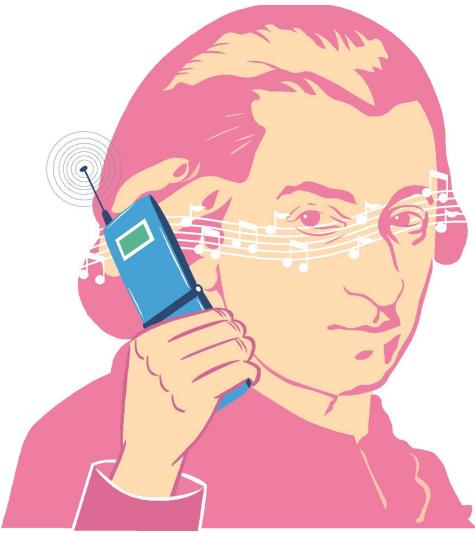
There’s an awful lot of fuss being made today about Alan Gilbert’s confrontation with a NY Phil patron whose cell phone went off during the final measures of Mahler’s 9th Symphony last night. The errant twitwit aside, internet response seems to be squarely on the maestro’s side, and I concur. I think he handled splendidly. I don’t even blame the ushers for not stepping in — they too must have been stunned and reluctant to cause more of a stir by swooping in to discipline a patron seated in the middle of the front row as the last embers of Romanticism died away on stage.
The reports confirm everyone’s suspicions: the offender was an Older Person, so chances are this was an unwitting error on his part. How many oldsters do you know who regularly hear their cell phone ring in a public (or private) setting? That’s what I thought.
But just last week, I was witness to an audience disruption of a very different sort, one that the press has overlooked entirely. Picture it: Cincinnati, 2012. Music Hall. The Cincinnati Symphony is on stage with Emmanuel Ax playing the Mozart 22nd piano concerto. The charming first movement cadenza comes to a close and the orchestra re-enters. It’s a sublime moment, smile-inducing and soul-restoring. And it’s the very moment when some hooligan in the rafters applauds and barks out a Tim Allenesque bro-call.

Now here’s the thing: I so wish that this idiot had chosen a different concerto/cadenza for his little outburst, because given the right repertoire, I would be totally supportive of this kind of thing. I’ve been preaching a long time about how we ought to be clapping between movements (since the composers usually WROTE their symphonies with that very reaction in mind) so why not at the end of cadenzas too, alla jazz performance practice?
Sure. Fine. Sounds great, but it depends on which concerto and which cadenza. The Khatchaturian violin concerto? By all means yes, everyone should be on their feet applauding the end of that cadenza when a violinist really nails it. That’s what it’s there for. I mean, that’s basically what the whole concerto is there for – it’s a virtuoso showpiece, and the cadenza takes up like half of the first movement. Why should we just sit there? To show reverence for one of the dumbest themes in the repertoire being played in the orchestra? Ugh.
Dude. Seriously. It’s Mozart’s Eb piano concerto. It’s not showy, it’s not splashy, it’s just gorgeous. You know you were just trying to get attention and make a “statement” about jazz or classical or something. Come on.